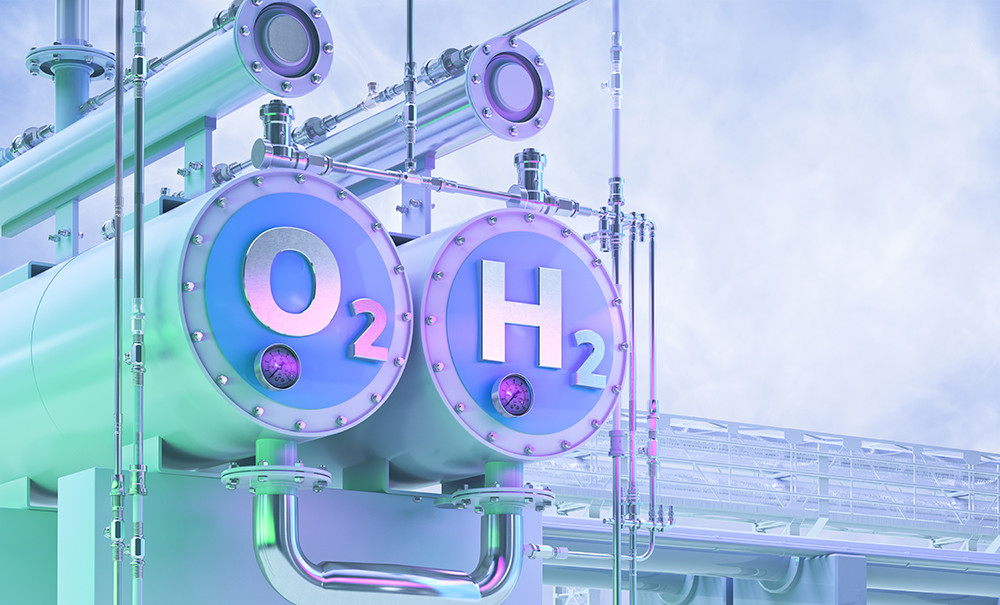Clean hydrogen export opportunity for Scotland
Project Summary
Project overview:
As part of the Energy Transition Alliance (ETA), NZTC and Offshore Renewable Energy Catapult (OREC) delivered a study, with the help of Wood and Xodus, to identify the key opportunities across Scotland for the growth of the future low carbon hydrogen market. NZTC’s deliverable focused on a review of technology options for large scale hydrogen production, cost reduction opportunities and an analysis of potential hydrogen production locations across Scotland.
Industry value:
The report outlined the opportunities for Scotland to produce and export clean hydrogen.
The key locations suitable for hydrogen production in Scotland were identified and the most suitable technologies for hydrogen production and transportation as well as cost reduction opportunities were indicated.
Lessons learned:
- Further study is required to determine the techno-economic feasibility of green hydrogen production from large scale renewable electricity. Options to maximise the consistency of electricity supply to electrolysers should be studied as should storage (battery or hydrogen) costs and benefits, as this can have a significant impact on reducing the LCOH.
- Offshore wind developments will likely be crucial sources of renewable electricity to power electrolysers. Hence, timescales to deployment of GW-scale offshore wind must be accelerated if large-scale hydrogen is to be produced within the next 10 years. Conversely, particularly for any areas with very constrained grid access, a clear pathway to commercial production of hydrogen (technical and demand visibility) is needed to enable investment decisions relating to development of the wind resource.
- Possible blue hydrogen production sites have been based around the cost and scalability of methane supply as feedstock for reformation, with a pipeline supply to the location being the lowest cost option. The security of future methane supply to the blue hydrogen production sites should be considered, based on natural gas production forecasts.
- Engagement with site owners and operators is required to further determine site suitability, stakeholder appetite, and any current plans for a hydrogen production development.
- Establishing the value chain downstream from production is critical.
The feasibility of developing a port or terminal to support hydrogen export through bulk cargo or vessel fuel, needs to be studied in further detail.
Related
Let's work together
"Required" indicates required fields



